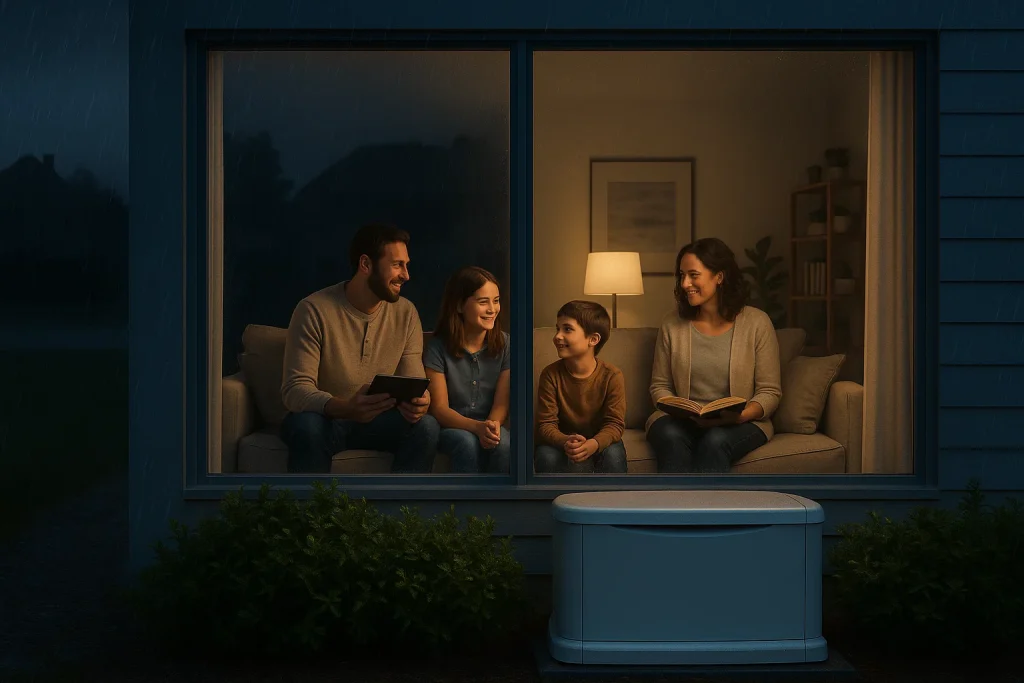When it comes to generator installation in Bowersville, knowing the right size generator for your home is key to keeping the lights on and your family comfortable when the power goes out. Choosing the wrong size can leave you in the dark—or cost you more than necessary. At JN Electrical, we’re here to make sure you get exactly what you need, no more, no less.

Why Generator Size Matters
A generator that’s too small won’t be able to handle your home’s power demands, causing it to overload and shut down. On the flip side, an oversized generator may seem like a safe bet, but it can lead to unnecessary fuel consumption and higher installation costs. The goal is to size your generator to match your essential electrical needs during an outage.
Start by Listing Essential Appliances
The first step in determining the right size generator is making a list of the essential appliances and systems you want to keep running. Think about items like:
- Refrigerator and freezer
- Lighting circuits
- Sump pump (if applicable)
- Well pump (if applicable)
- Medical equipment
- Security system
- Wi-Fi router and phone chargers
Don’t forget about conveniences like the microwave or coffee maker if they’re important to you during an outage. This list will serve as your starting point for calculating the total wattage you need.
Don’t Overlook HVAC Systems
Heating and cooling systems are often the biggest power draws in a home. If staying comfortable year-round is important to you during a power outage, you’ll need to consider the size and type of your HVAC systems. Central air conditioners, electric furnaces, and heat pumps all have high starting wattage requirements. This is why it’s crucial to know not just what appliances you’ll run, but how many of them might need to start up simultaneously. A professional assessment will help determine if your generator can handle these systems or if you should prioritize space heaters or fans instead.
Calculate Total Electrical Load
Once you’ve listed all your essential appliances, the next step is to calculate their combined wattage. Keep in mind that some appliances, like refrigerators and HVAC systems, require extra power when they start up. This is called “starting watts” or “surge watts.” Add up the running watts and factor in the surge watts to ensure your generator can handle peak demand.
A typical home might require anywhere from 5,000 to 7,500 watts to power essentials, while whole-home coverage could need 20,000 watts or more. That’s why it’s important to be clear on your must-haves.
Consult With a Professional for Accurate Sizing
While online calculators can give you a rough idea, getting an accurate load assessment from a licensed electrician is the best way to ensure you’re choosing the right generator size. At JN Electrical, we take the guesswork out of generator installation by performing a detailed evaluation of your home’s electrical demand and helping you select a generator that fits your needs and budget.
Power outages are unpredictable, but with the right backup generator, you’ll never be left in the dark.

